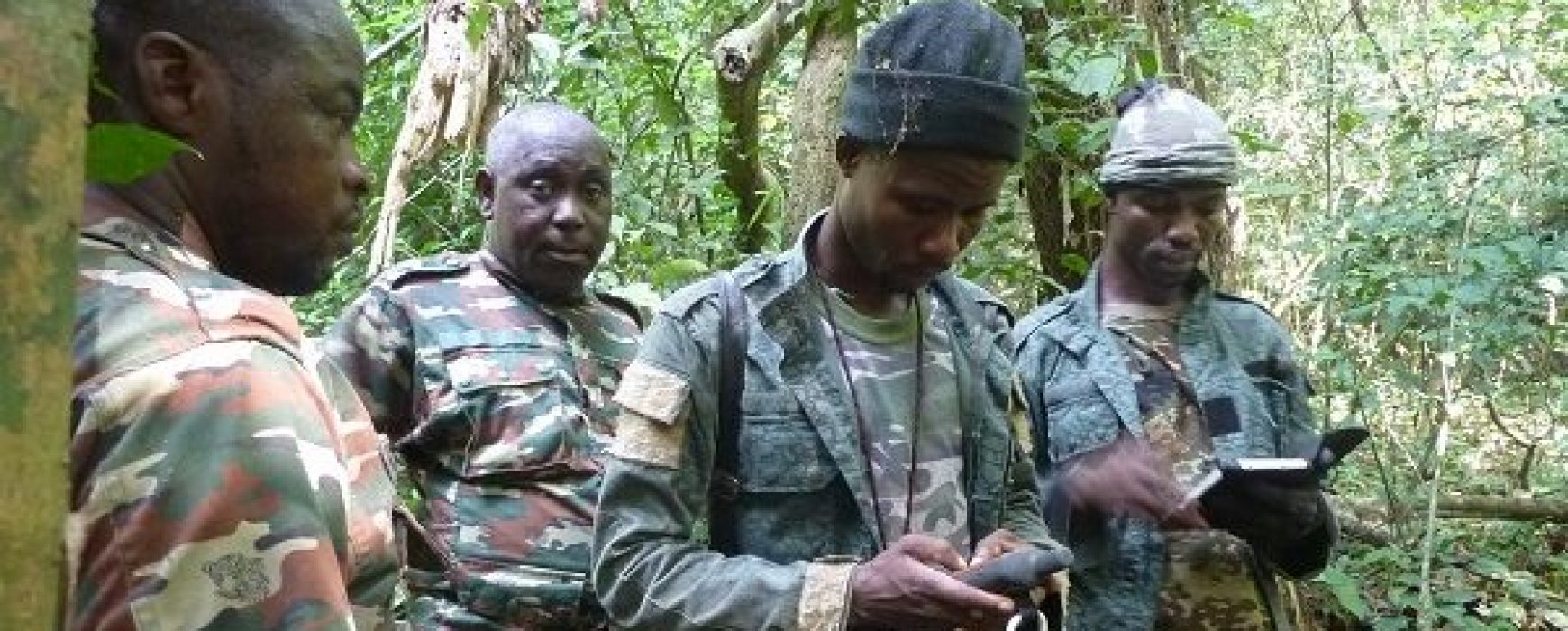At the beginning of January 2019, Ivory Coast officially launched its National Forest and Wildlife Inventory (IFFN), and presented it at a kick-off workshop in early March 2019. This project, for which the Contracting Authority is the Ministry for Water and Forests (MINEF), is intended to take two years and aims to deliver up to date knowledge of the country’s forest and wildlife resources in order to give the government of Ivory Coast the means of action to optimise those resources.
After several months of setting up and preparation the project will start the implementation phase of training and inventories from September 2019. In total almost 120 personnel from the SODEFOR (Forest Development Corporation), OIPR (Ivorian Parks and Reserves Office) and ANADER (National Rural Development Support Agency) will be trained in the inventory protocol application, operating the measuring equipment to be used during the inventory campaigns, and handling the collection tools. These technical aspects will be complemented by modules which are more specific to each technician: tree recognition for the Forest Development Corporation, recognition of wildlife and clues as to the presence of species for the Ivorian Parks and Reserves Office. The “Forest” training programs will take place at the Adzope, Abengourou and Odienné sites, the “Wildlife” programs will be at Fresco and Nassian, and the social-economic programs will be rolled out at Gagnoa.
At the end of this training phase, the inventory phase will be able to begin. The trained technicians will visit 31 regions and 108 departments all over the country. This ambitious program will involve technicians working on 1,417 sample units of 25 hectares (“forest” inventory and social-economic surveys), and observations of wildlife will be carried out along 994 transects (or wildlife observation paths) spread across the whole country.
Each of the 31 teams deployed will be equipped with tablets with input and checking software which will allow the data (type of forests, composition, dendrometric structure, surface area, existing wildlife species and their density, estimates of human impact on forest ecosystems), to be collected within a consistent methodological framework.
Once collected, the data will be sent at least once a week by internet to the server based in the premises of ONF Ivory Coast in Abidjan. They will then be processed and analysed by the project team.
The inventory phase is especially significant and sensitive. On the one hand it is essential that the data collected are representative of the realities encountered on the ground, and at the same time they must be of good quality in order to support the most effective decision-making by government bodies. It is therefore of the essence that operators become fully proficient in the collection methodology in advance. This proficiency is key because at the end of the project a permanent organisation will be set up to continue the work that has been begun.
It is also important that the people whose land will be visited by the technicians are informed in advance that the inventories are being carried out. To achieve this a major campaign of information and awareness-raising will be set up, especially via community radio stations. The data collected in the project will serve to confirm or qualify the clear trend of deforestation and deterioration of Ivory Coast’s forests, which have already been measured using satellite images. It appears that forest cover in Ivory Coast shrank from 7.8 million hectares in 1990 to 3.4 million hectares in 2015.
Read the press release online (in French)
Project presentation brochure (in French -2019/09).

